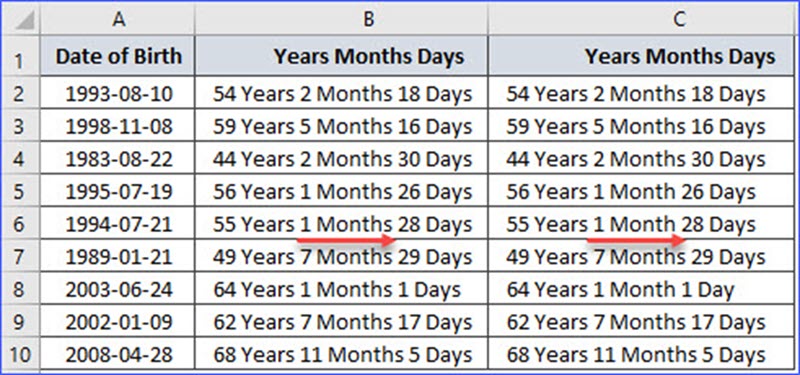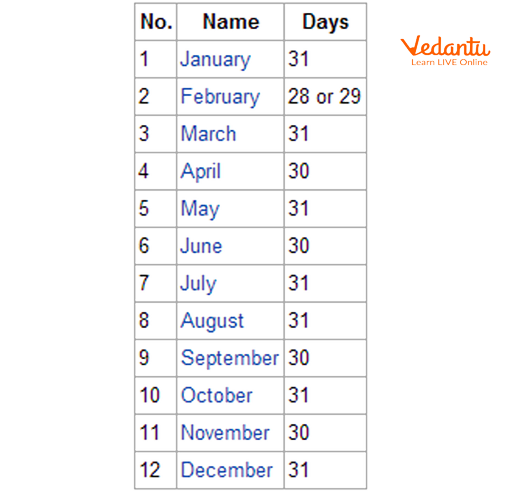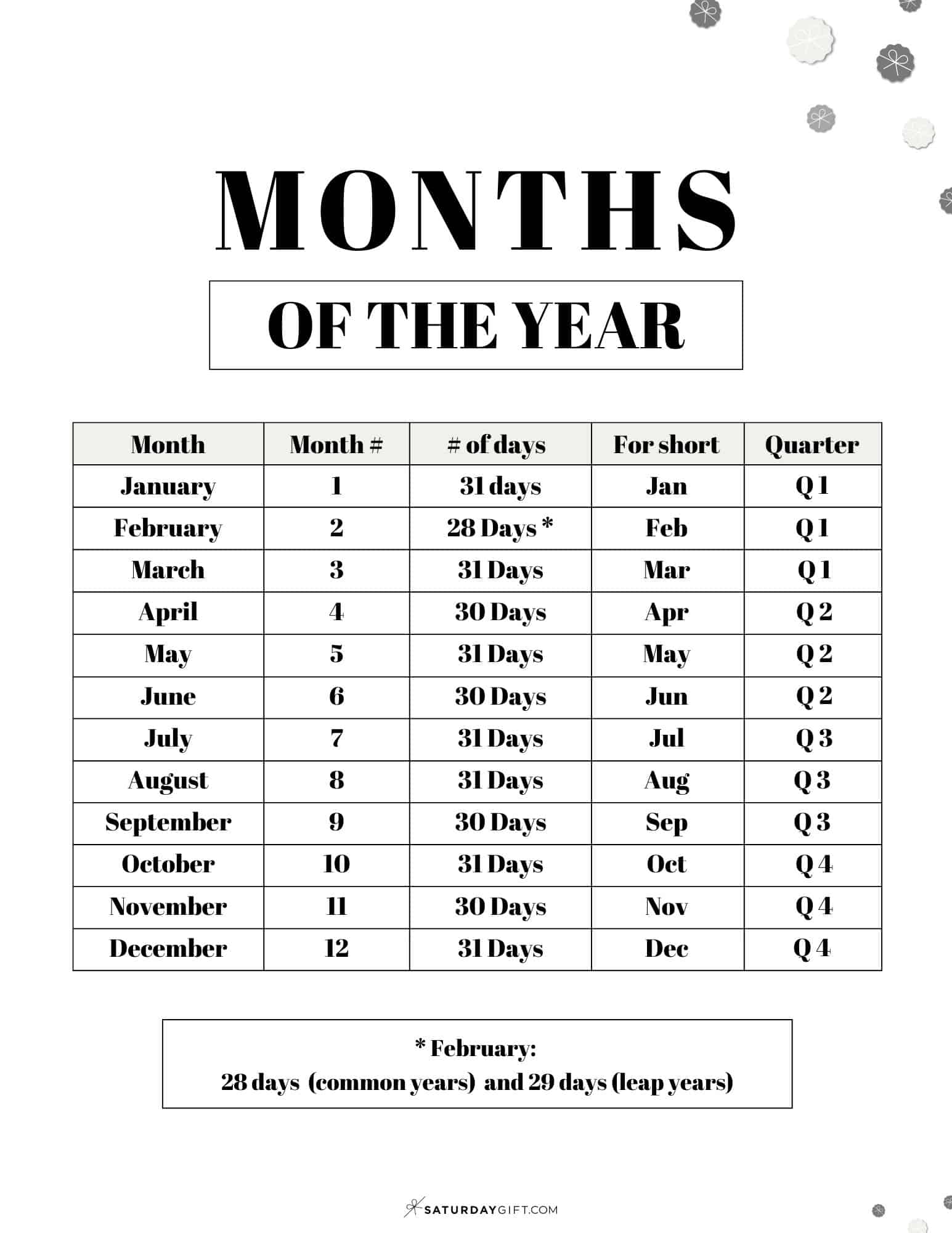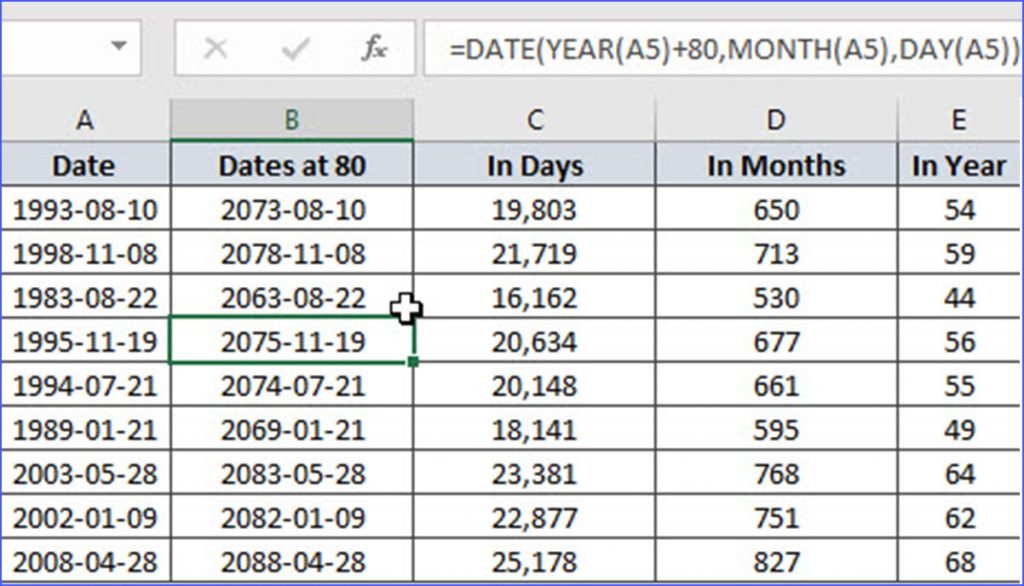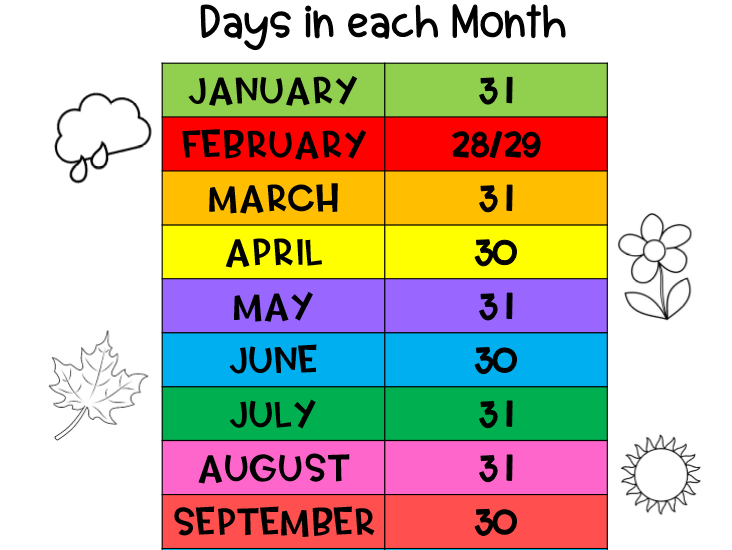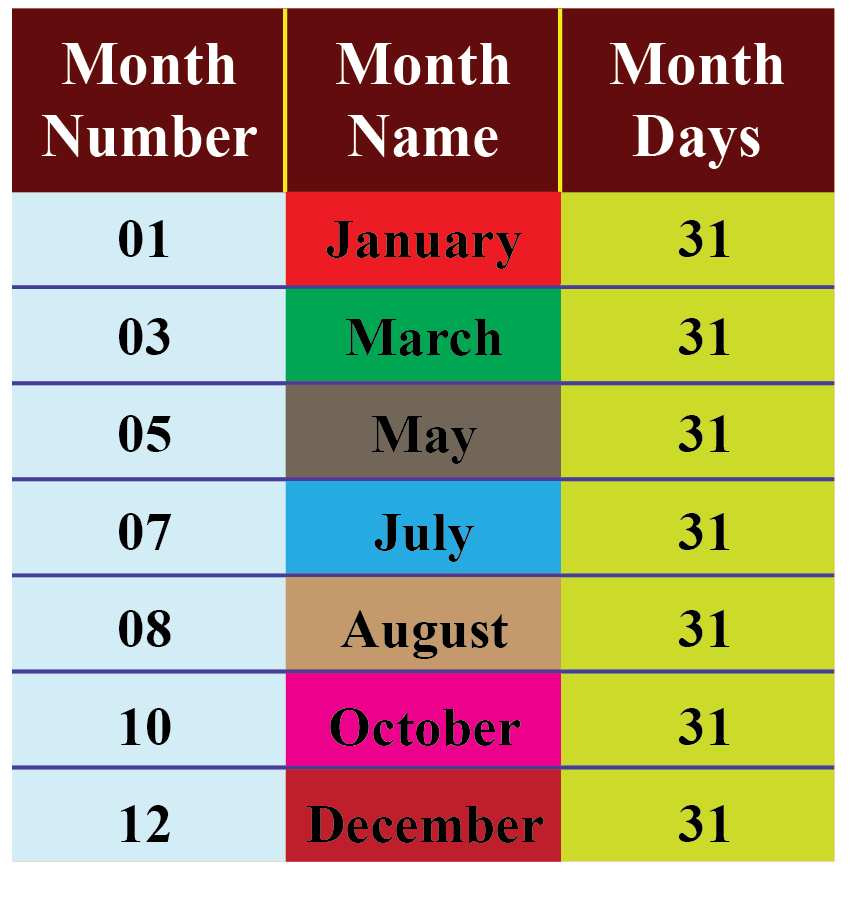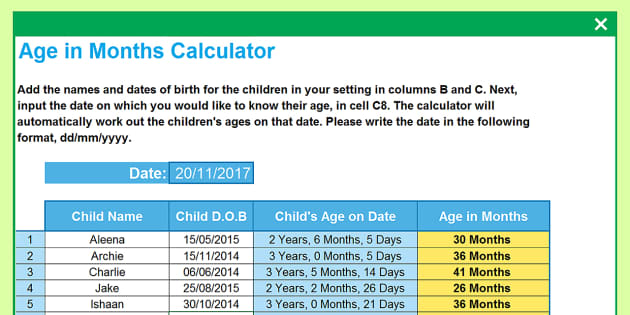How Many Years Is 94 Months

Time, a relentless river, constantly flows forward. Often, we grapple with quantifying its passage in different units, converting months into years or days into weeks. A seemingly simple question – how many years is 94 months – can surprisingly highlight the nuances of calendar systems and the importance of precise calculations, particularly in sectors like finance, law, and project management.
This article delves into the definitive answer to this conversion. It will explore the mathematical breakdown and examine the implications of this seemingly basic calculation across various practical applications. We'll also touch upon potential sources of confusion when dealing with fractional years.
The Straightforward Calculation
The core of the problem lies in understanding the relationship between months and years. The generally accepted standard is that 1 year is equivalent to 12 months.
Therefore, to convert 94 months into years, we perform a simple division: 94 months / 12 months/year = 7.8333 years (approximately).
Understanding the Decimal
The resulting 7.8333 years signifies 7 full years plus a fraction of a year. To understand what that fraction represents, we need to convert the decimal portion (0.8333) back into months.
This is done by multiplying the decimal by 12: 0.8333 * 12 months = 10 months (approximately). Therefore, 94 months is equal to 7 years and 10 months.
Practical Applications
This seemingly trivial calculation has significant implications in numerous fields. Consider financial contracts, where terms are often defined in months.
Calculating the equivalent in years is crucial for understanding the overall duration and comparing it with alternative investments or loans.
Lease Agreements and Contracts
Many lease agreements, rental contracts, and service agreements are structured around monthly payments and durations. Knowing the equivalent in years helps both parties understand the long-term commitment.
For example, a 94-month lease would be clearly understood as a 7-year and 10-month commitment, aiding in budgeting and planning.
Project Management and Timelines
In project management, timelines are frequently broken down into months to track progress and milestones. Converting these monthly durations into years helps stakeholders grasp the overall project length.
A 94-month project can be visualized as spanning nearly eight years, providing a clearer perspective on the project's scale and potential challenges.
Legal and Regulatory Compliance
Legal and regulatory frameworks often specify timeframes in months or years for compliance requirements, statutes of limitations, and other legal considerations. Accurate conversion between months and years is paramount to avoid legal pitfalls.
Missing a deadline because of an incorrect conversion could have serious consequences.
Potential Sources of Confusion
While the calculation itself is straightforward, certain nuances can lead to confusion. One common pitfall is neglecting the fractional year component.
Simply stating that 94 months is "approximately 7 years" is inaccurate and potentially misleading. It omits the crucial 10-month remainder.
Leap Years
The presence of leap years can also introduce slight discrepancies, though generally negligible for such a short timeframe. However, for very long-term calculations spanning multiple decades, it's a factor worth considering.
Leap years affect the number of days in a year, and if extremely precise day-level calculations are needed, then the number of days within the 94 months would be required.
Varying Month Lengths
While we use an average of 12 months per year, it is important to note that months vary in length (28, 29, 30, or 31 days). For detailed time-based analysis, this difference can be a factor.
For most general cases, however, the simple 12 months/year conversion is sufficient.
The Importance of Precision
Ultimately, the importance of precisely converting months to years depends on the context. For casual estimations, rounding may be acceptable. However, in critical applications, accuracy is paramount.
Incorrect conversions can lead to financial losses, legal complications, and project delays.
Looking Ahead
As we increasingly rely on data-driven decision-making, the need for accurate time conversions will only grow. Automated tools and software can help simplify these calculations and minimize the risk of human error.
Furthermore, clear communication and standardized practices are essential to ensure that everyone involved understands the timeframes involved in a project or agreement.
In conclusion, 94 months is equivalent to 7 years and 10 months. While seemingly simple, understanding this conversion and its practical implications is crucial for navigating various aspects of our professional and personal lives. Precision matters, and careful calculation can prevent costly errors.
